Kepak Farm is located near Dunboyne, Co Meath, close to the village of Clonee where parent company the Kepak Group was founded by the Keating family in 1981.
The farm specialises in store to beef finishing, and works closely with a host of industry partners including Teagasc, ICBF, UCD and Trinity College on a number of sustainability focused research projects.
Kepak Farm also farm a sizable arable area, growing crops for use on the farm. They believe that self-sustainability is essential to reducing costs and enhancing the carbon footprint credentials of the farm.
Teagasc Signpost Programme
In 2021 Kepak Farm partnered with the Teagasc Signpost Programme to become one of their demonstration farms with the objectives of acting as a research centre for on-farm carbon sequestration measurements and showcasing science-based technologies targeting agricultural emissions.
Farm manager Sam Myles along with his local Teagasc tillage adviser Conor O’Callaghan set about identifying the baseline for the Signpost Programme measures.
This included taking detailed soil samples from the farm, assessing the crop rotation on the farm – including the use of break cropping – and looking at the farm Nutrient Management Plan to identify areas most likely to respond to the application of organic manures.
Having carried out this analysis, two main areas were focused on to mitigate the GHG emissions on the farm. These areas are outlined below.
Signpost Focus Area 1: Nitrogen Use Efficiency (NUE)
Firstly, as approximately 70% of emissions on tillage enterprises are associated with Nitrogen (N) application, focusing on NUE is of greatest benefit.
Lime has the greatest bearing on NUE, however optimum pH levels from the soil sample results indicated no lime was required to be spread on the farm.
Other practices adopted to influence NUE include applying chemical fertiliser in a number of splits to growing crops, watching weather conditions before and after application to avoid leaching to watercourses, and switching from CAN as the chemical N source to protected urea in 2022.
Protected urea saves money and reduces the loss of N to the atmosphere by volatilisation.
Replacing chemical N on crops with organic N in the form of cattle slurry available on-farm was also prioritised.
Traditionally this would always have been autumn applied and incorporated by ploughing on the farm. This is fine from a P and K recovery point of view, however the N recovery can be quite low and losses through leaching to ground water are possible.
Application to a growing crop in springtime has the potential to recover ten times more N.
In 2022 Kepak Farm began to apply cattle slurry directly to winter wheat and winter barley crops as the first N split. This was applied in early February when ground conditions were good, but it was felt this timing was possibly too early for good N recovery.
In 2023 slurry was applied at the beginning of March with much better N recovery and crop growth. LESS technology using a 12m umbilical spreading system was used to ease damage to soil and increase spread rate efficiency.
A spread rate of 33.3 m3/ha (3,000gal/acre) was applied. Analysis of the slurry was 12% DM and each 11.1 m3 (1,000gal) equated to 13-6-20 NPK. No compound N, P, K fertiliser was applied and chemical N application was reduced by 45kg/ha from the annual crop total requirements.
Signpost Focus Area 2:
Catch crops
The second major focus area was to address bare ground left overwinter until spring planting occurs. Sown cover/catch crop mixes were introduced to the farm following harvest 2022.
These have two major benefits – the newly emerging crop has the ability to capture nutrients which would otherwise be lost overwinter to watercourses affecting water quality, but also when destroyed in the springtime can release back nutrients, including N, to the following crop.
This gives an opportunity to reduce chemical N application in the following spring sown crop and reduce GHG emissions on the farm.
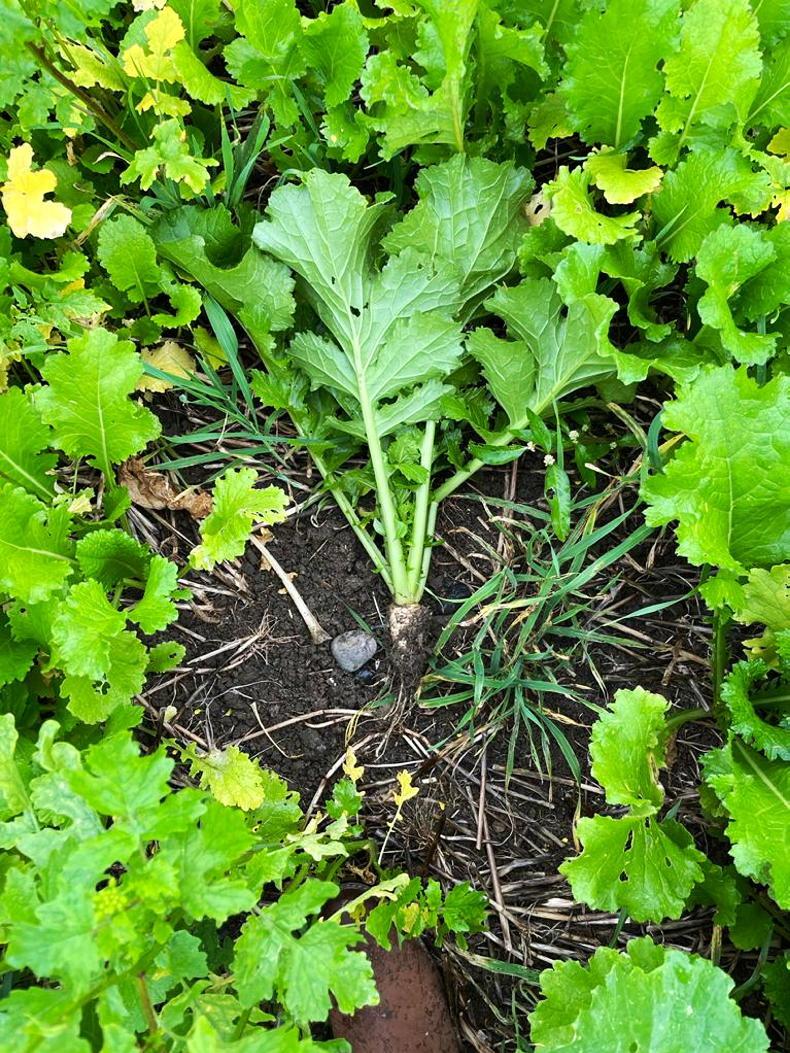
Cover crops on Kepak's tillage farm in Clonee, Co Meath.
The sowing date immediately following harvest has a huge bearing on the bio-density of the catch crop, which in turn will determine how much N is captured and returned to the following crop.
Measurements taken in 2022 when sown the first week of August yielded 1.5tDM/ha with an uptake of 57.7kg N/ha. It must be said not all of this will be available to the following crop, but chemical N application was reduced by 20kgN/ha as a result.
Other GHG mitigation measures
Other measures adopted since joining the Signpost Programme include growing 52ha of spring beans for the first time in 2022, a legume crop with a zero chemical N requirement as it is capable of fixing its own N from the atmosphere; and chopping and incorporating 40ha of
wheaten straw in 2023 which directly returns carbon as soil organic matter to the soil.
Kepak Farm is located near Dunboyne, Co Meath, close to the village of Clonee where parent company the Kepak Group was founded by the Keating family in 1981.
The farm specialises in store to beef finishing, and works closely with a host of industry partners including Teagasc, ICBF, UCD and Trinity College on a number of sustainability focused research projects.
Kepak Farm also farm a sizable arable area, growing crops for use on the farm. They believe that self-sustainability is essential to reducing costs and enhancing the carbon footprint credentials of the farm.
Teagasc Signpost Programme
In 2021 Kepak Farm partnered with the Teagasc Signpost Programme to become one of their demonstration farms with the objectives of acting as a research centre for on-farm carbon sequestration measurements and showcasing science-based technologies targeting agricultural emissions.
Farm manager Sam Myles along with his local Teagasc tillage adviser Conor O’Callaghan set about identifying the baseline for the Signpost Programme measures.
This included taking detailed soil samples from the farm, assessing the crop rotation on the farm – including the use of break cropping – and looking at the farm Nutrient Management Plan to identify areas most likely to respond to the application of organic manures.
Having carried out this analysis, two main areas were focused on to mitigate the GHG emissions on the farm. These areas are outlined below.
Signpost Focus Area 1: Nitrogen Use Efficiency (NUE)
Firstly, as approximately 70% of emissions on tillage enterprises are associated with Nitrogen (N) application, focusing on NUE is of greatest benefit.
Lime has the greatest bearing on NUE, however optimum pH levels from the soil sample results indicated no lime was required to be spread on the farm.
Other practices adopted to influence NUE include applying chemical fertiliser in a number of splits to growing crops, watching weather conditions before and after application to avoid leaching to watercourses, and switching from CAN as the chemical N source to protected urea in 2022.
Protected urea saves money and reduces the loss of N to the atmosphere by volatilisation.
Replacing chemical N on crops with organic N in the form of cattle slurry available on-farm was also prioritised.
Traditionally this would always have been autumn applied and incorporated by ploughing on the farm. This is fine from a P and K recovery point of view, however the N recovery can be quite low and losses through leaching to ground water are possible.
Application to a growing crop in springtime has the potential to recover ten times more N.
In 2022 Kepak Farm began to apply cattle slurry directly to winter wheat and winter barley crops as the first N split. This was applied in early February when ground conditions were good, but it was felt this timing was possibly too early for good N recovery.
In 2023 slurry was applied at the beginning of March with much better N recovery and crop growth. LESS technology using a 12m umbilical spreading system was used to ease damage to soil and increase spread rate efficiency.
A spread rate of 33.3 m3/ha (3,000gal/acre) was applied. Analysis of the slurry was 12% DM and each 11.1 m3 (1,000gal) equated to 13-6-20 NPK. No compound N, P, K fertiliser was applied and chemical N application was reduced by 45kg/ha from the annual crop total requirements.
Signpost Focus Area 2:
Catch crops
The second major focus area was to address bare ground left overwinter until spring planting occurs. Sown cover/catch crop mixes were introduced to the farm following harvest 2022.
These have two major benefits – the newly emerging crop has the ability to capture nutrients which would otherwise be lost overwinter to watercourses affecting water quality, but also when destroyed in the springtime can release back nutrients, including N, to the following crop.
This gives an opportunity to reduce chemical N application in the following spring sown crop and reduce GHG emissions on the farm.

Cover crops on Kepak's tillage farm in Clonee, Co Meath.
The sowing date immediately following harvest has a huge bearing on the bio-density of the catch crop, which in turn will determine how much N is captured and returned to the following crop.
Measurements taken in 2022 when sown the first week of August yielded 1.5tDM/ha with an uptake of 57.7kg N/ha. It must be said not all of this will be available to the following crop, but chemical N application was reduced by 20kgN/ha as a result.
Other GHG mitigation measures
Other measures adopted since joining the Signpost Programme include growing 52ha of spring beans for the first time in 2022, a legume crop with a zero chemical N requirement as it is capable of fixing its own N from the atmosphere; and chopping and incorporating 40ha of
wheaten straw in 2023 which directly returns carbon as soil organic matter to the soil.






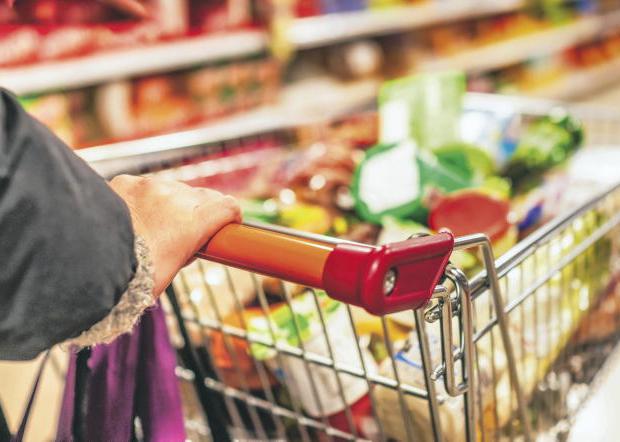
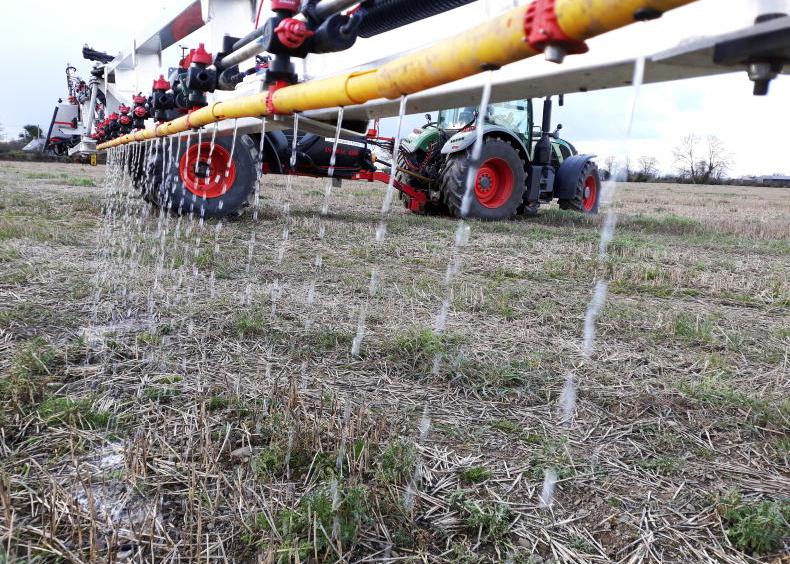
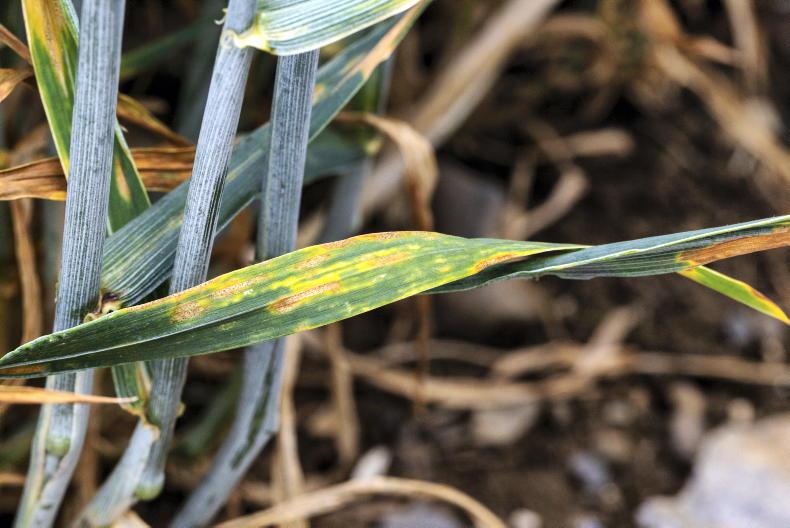
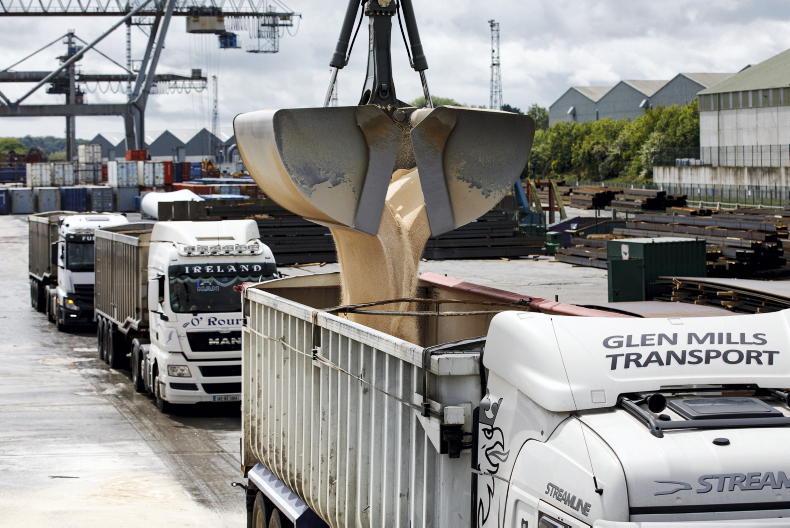
SHARING OPTIONS